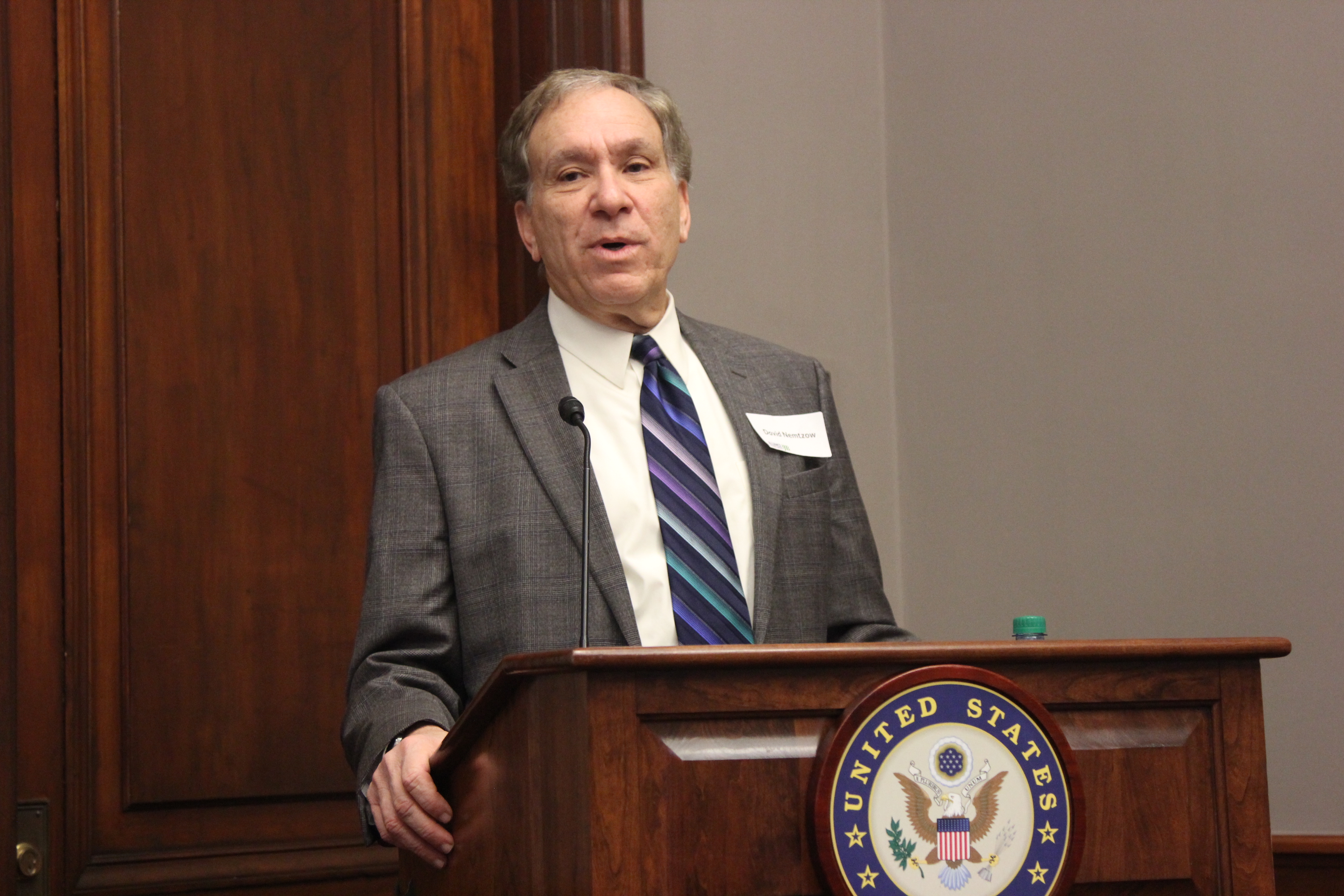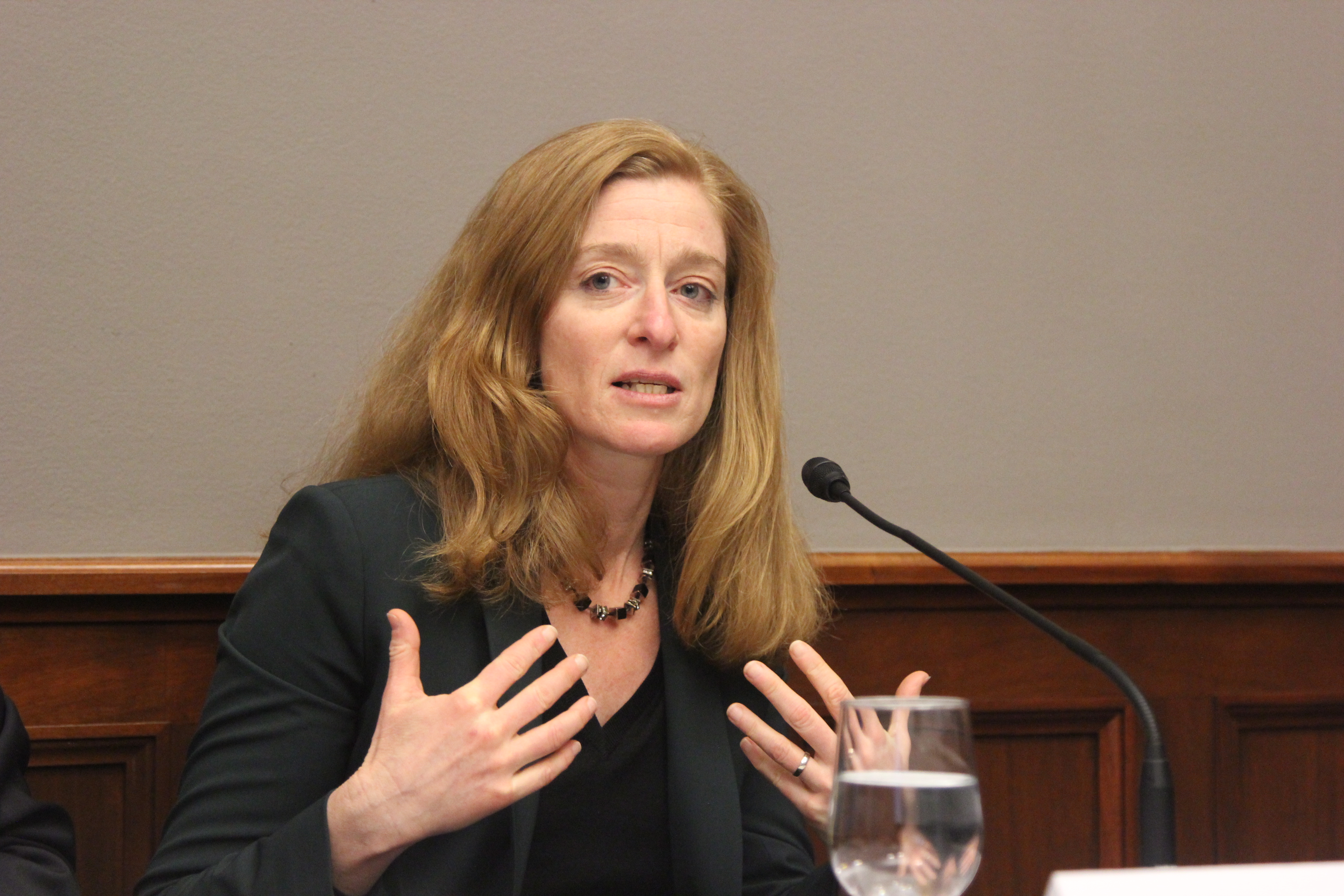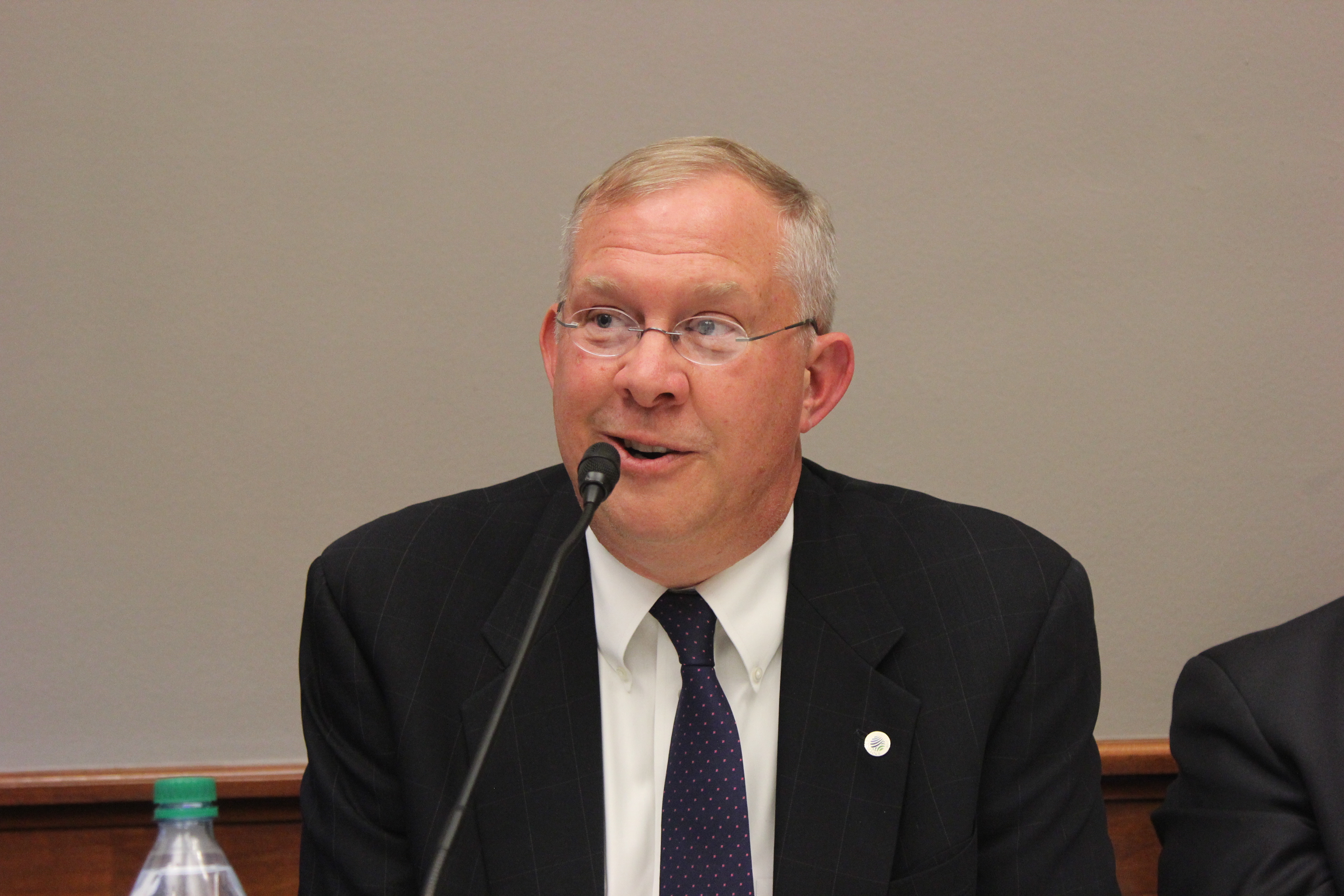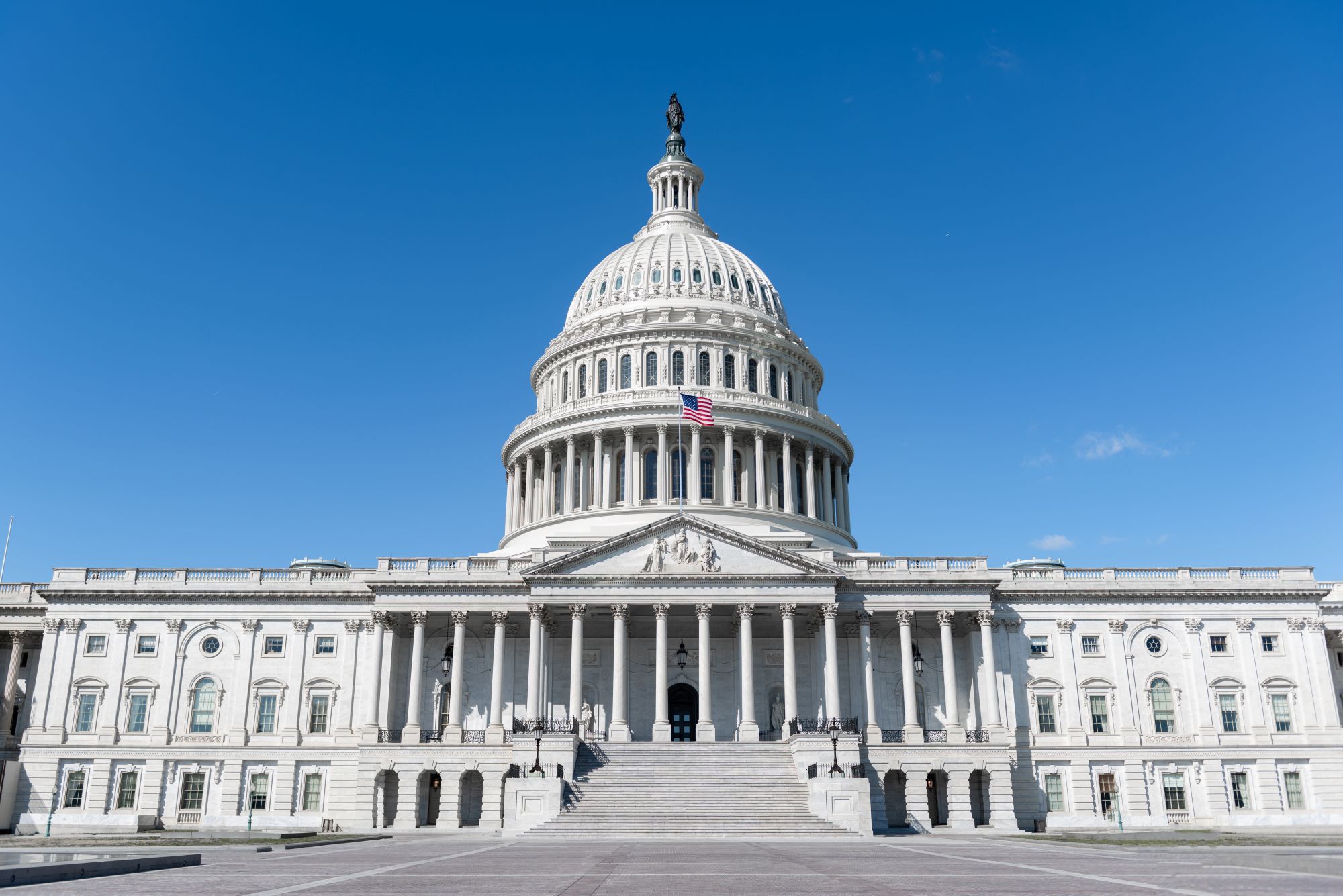How Can Energy Service Companies and Utilities Partner More Closely to Boost Systems-Level Efficiency?
Let's Save Energy
Alliance to Save Energy's Blog

Utilities face increasingly ambitious energy efficiency and pollution reduction targets or goals. In many cases, meeting these targets will require moving beyond traditional efficiency programs – such as providing rebates for upgrading specific equipment – and instead carrying out programs that focus on broader building systems. While energy service companies (ESCOs) have broad experience in delivering these types of systems-level energy efficiency solutions, utilities rarely partner with them on projects. What prevents utilities and ESCOs from closer collaboration? The Alliance will tackle this question by convening utility and ESCO stakeholders in a series of roundtables in 2019, to help find ways to align policies, programs and incentives that will facilitate a symbiotic partnership between these two large and influential efficiency stakeholders.
There is a strong case for increased ESCO-utility collaboration. While component-based efficiency measures are still important for energy savings, systems-level measures are necessary to achieve greater levels of efficiency. ESCOs have decades of experience applying a “systems approach” to building retrofits, which considers the interactions of components within and among various building systems (e.g., HVAC, lighting), as well as interactions among multiple buildings, and between the building and the electric grid. From building system retrofits to integration of renewable energy and energy storage, ESCO projects run the gamut of energy-saving solutions. There is opportunity for ESCOs to lend their systems-level knowledge and expertise in closer partnership with utilities and, in return, to benefit from the utilities’ access to building and grid energy data and their unique relationships with customers, including those in energy assistance programs and underserved markets.
Last month, the Alliance hosted a congressional briefing to jumpstart the dialogue. Experts from both utilities and ESCOs discussed the challenges, benefits, and opportunities for working together more closely on systems efficiency projects in various markets. Speakers included keynote David Nemtzow, Director of the Building Technologies Office, U.S. Department of Energy; Donald Gilligan, President, National Association of Energy Service Companies; Melissa Lavinson, Senior VP of Government and External Affairs, Pepco Holdings; and Clay Nesler, VP, Global Sustainability and Industry Initiatives, Johnson Controls.Several key issues and questions emerged in the briefing. Here are the highlights:
- Program Models: The ways in which utilities and ESCOs manage programs and projects are not always aligned. ESCOs generally use performance-based contracting with long-term energy savings guarantees and serve mainly public sector and institutional customers. Utilities are challenged with investing in energy efficiency improvements across sectors with short paybacks to minimize the costs to rate-payers. What regulatory structures and program models could help utilities recover costs or otherwise benefit from longer-term systems-level projects? Are there new business models that would encourage project and program-level partnerships between utilities and ESCOs?
- Measurement & Verification Requirements: ESCOs participating in utility programs are often subject to multiple measurement and verification (M&V) reporting requirements—e.g., their own contractually required M&V processes in addition to those required by states and utility program managers. The baselines for measuring energy savings are often different, with existing conditions used as the basis for project requirements and standard practice (i.e., current code) used as the basis for utility program incentives and evaluation. How can these different requirements be aligned to reduce costs and increase benefits?
- Data Management: How can ESCOs and utilities leverage energy use data to take advantage of rapidly evolving technological opportunities, such as automated M&V, while maintaining security and privacy?
- Value Add: How can we educate policymakers and utility regulators to value the multiple benefits of systems efficiency improvements that can be delivered through partnerships between utilities and ESCOs? What types of pilot programs can best demonstrate the value of collaboration for achieving enhanced energy savings?
- New Markets: How can ESCO and utility partnerships help deliver cost-effective energy efficiency improvements to underserved sectors such as low-income housing and small businesses? How can ESCO project aggregation and private-sector finance be used to scale systems-level efficiency retrofits of smaller buildings?
These and other important questions will frame the forthcoming roundtable discussions, including in the Northeast in late winter and in Idaho in May on the margins of NEEA’s Efficiency Exchange 2019. Based on the findings from these events, the partners in the dialogues will develop a consensus document that we hope will form the basis for future utility programs.
To participate in the conversation, please contact Laura Van Wie McGrory, Alliance Vice President, Strategic Initiatives.
STAY EMPOWERED
Help the Alliance advocate for policies to use energy more efficiently – supporting job creation, reduced emissions, and lower costs. Contact your member of Congress.
Energy efficiency is smart, nonpartisan, and practical. So are we. Our strength comes from an unparalleled group of Alliance Associates working collaboratively under the Alliance umbrella to pave the way for energy efficiency gains.
The power of efficiency is in your hands. Supporting the Alliance means supporting a vision for using energy more productively to achieve economic growth, a cleaner environment, and greater energy security, affordability, and reliability.







